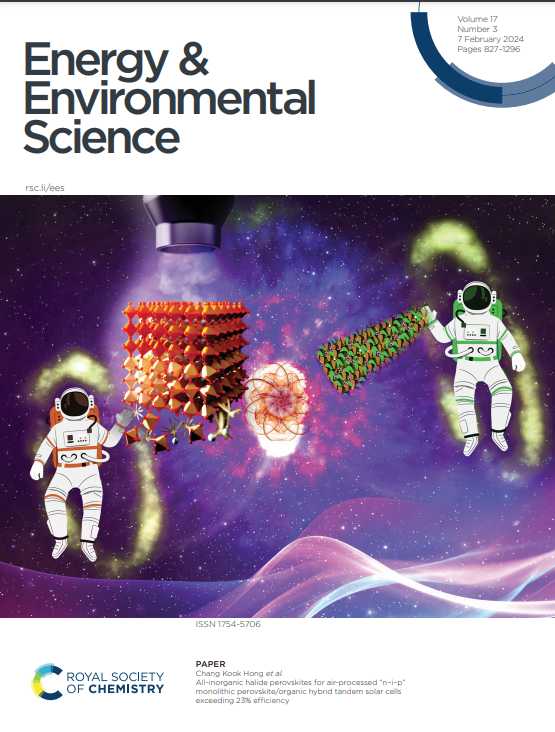Pre-constructing a mortice-tenon joint based-layer to achieve an enhanced SEI on Li metal anode
IF 32.4
1区 材料科学
Q1 CHEMISTRY, MULTIDISCIPLINARY
引用次数: 0
Abstract
One of the determining factors for lithium anode is an ideal protective layer which has two basic requirements: one is its own strength, the other is a strong bond with the substrate. There are many studies on the former, but very few reports on the latter. Here, a design idea to pre-construct a based-layer where the mortice-tenon joint that will connect the subsequent electrochemically SEI have been set on Li anode surface was proposed. First, a tightly bonded base-layer was chemically formed via reaction between 2-(fluorosulfonyl)difluoroacetate (DFSA) and lithium metal. Then the trimethylsilyl 2-(fluorosulphonyl)difluoroacetate (TSFSA), which has the similar molecular structure and the same functional group with DFSA, was introduced to be acted as an SEI enhancer that can preferentially decompose over carbonate solvents under electrochemical conditions with the same components of the based-layer, which was thus strengthened to form an enhanced SEI (ESEI). The Li anode with ESEI achieved long-cycling stability (≥ 2100 h) and high average CE (99.2%) in carbonate electrolytes. Full cells with high cathode loading (20.5 mg cm-2) also achieved high cycling stability at low N/P ratios, demonstrating its great prospects for practical applications in high energy density Li-metal batteries.求助全文
约1分钟内获得全文
求助全文
来源期刊

Energy & Environmental Science
化学-工程:化工
CiteScore
50.50
自引率
2.20%
发文量
349
审稿时长
2.2 months
期刊介绍:
Energy & Environmental Science, a peer-reviewed scientific journal, publishes original research and review articles covering interdisciplinary topics in the (bio)chemical and (bio)physical sciences, as well as chemical engineering disciplines. Published monthly by the Royal Society of Chemistry (RSC), a not-for-profit publisher, Energy & Environmental Science is recognized as a leading journal. It boasts an impressive impact factor of 8.500 as of 2009, ranking 8th among 140 journals in the category "Chemistry, Multidisciplinary," second among 71 journals in "Energy & Fuels," second among 128 journals in "Engineering, Chemical," and first among 181 scientific journals in "Environmental Sciences."
Energy & Environmental Science publishes various types of articles, including Research Papers (original scientific work), Review Articles, Perspectives, and Minireviews (feature review-type articles of broad interest), Communications (original scientific work of an urgent nature), Opinions (personal, often speculative viewpoints or hypotheses on current topics), and Analysis Articles (in-depth examination of energy-related issues).
 求助内容:
求助内容: 应助结果提醒方式:
应助结果提醒方式:


